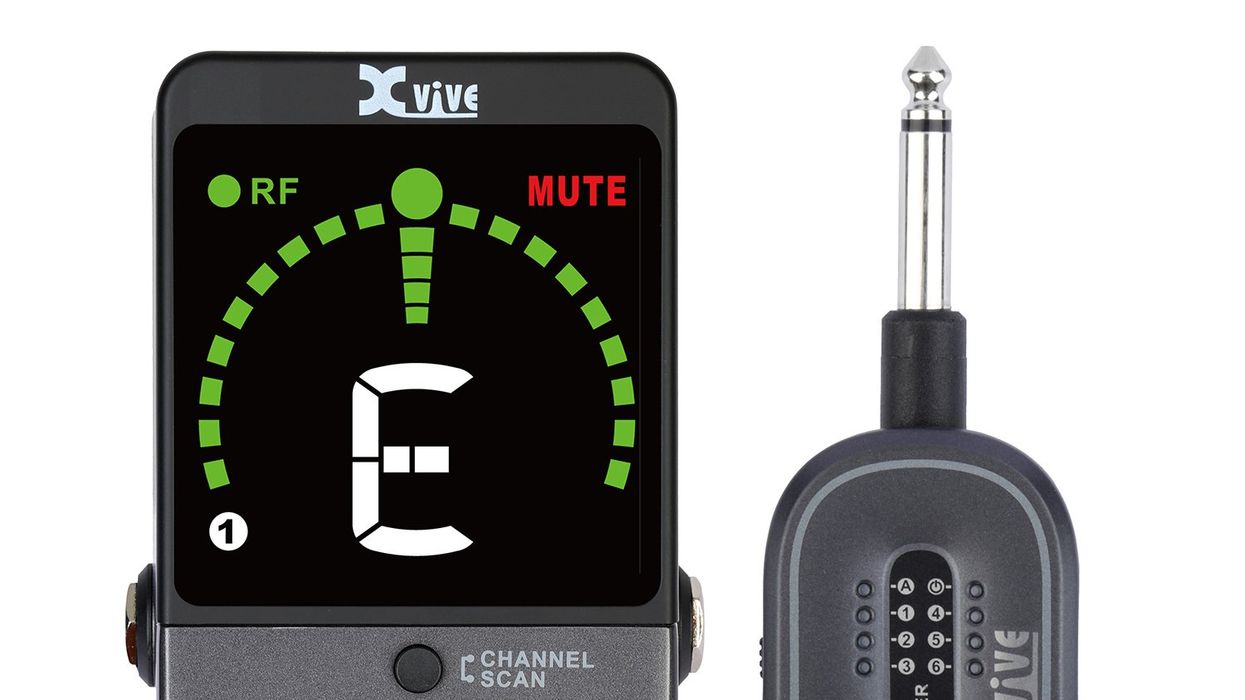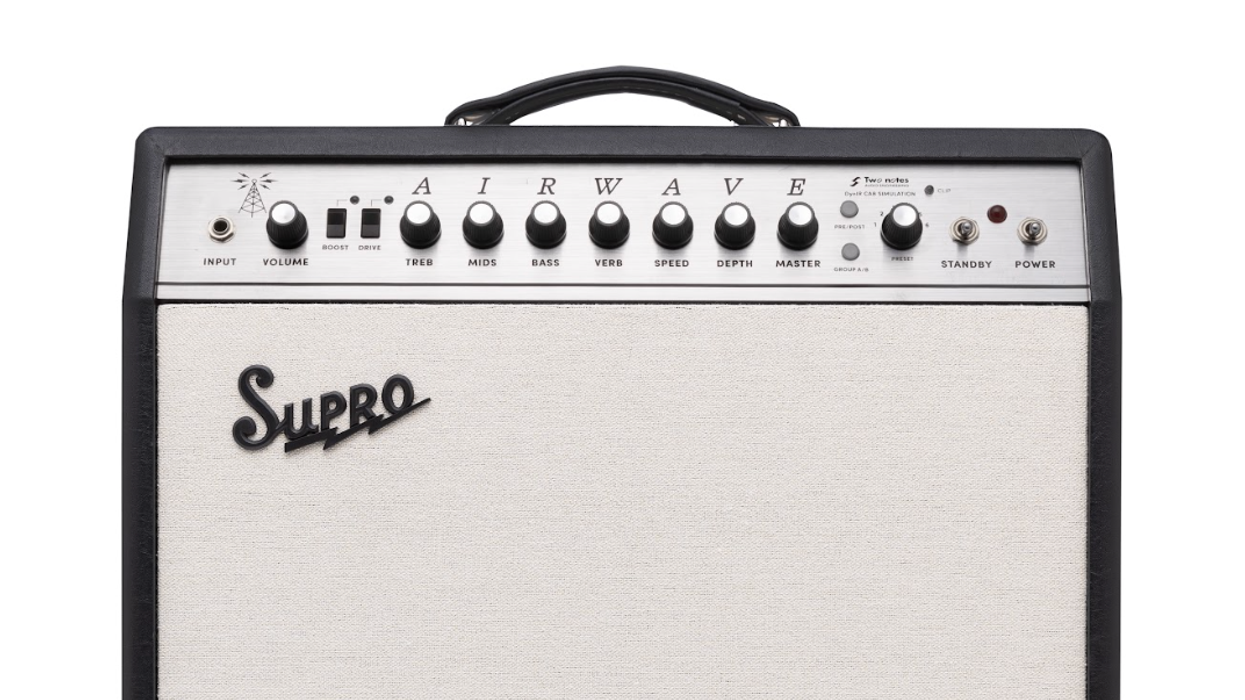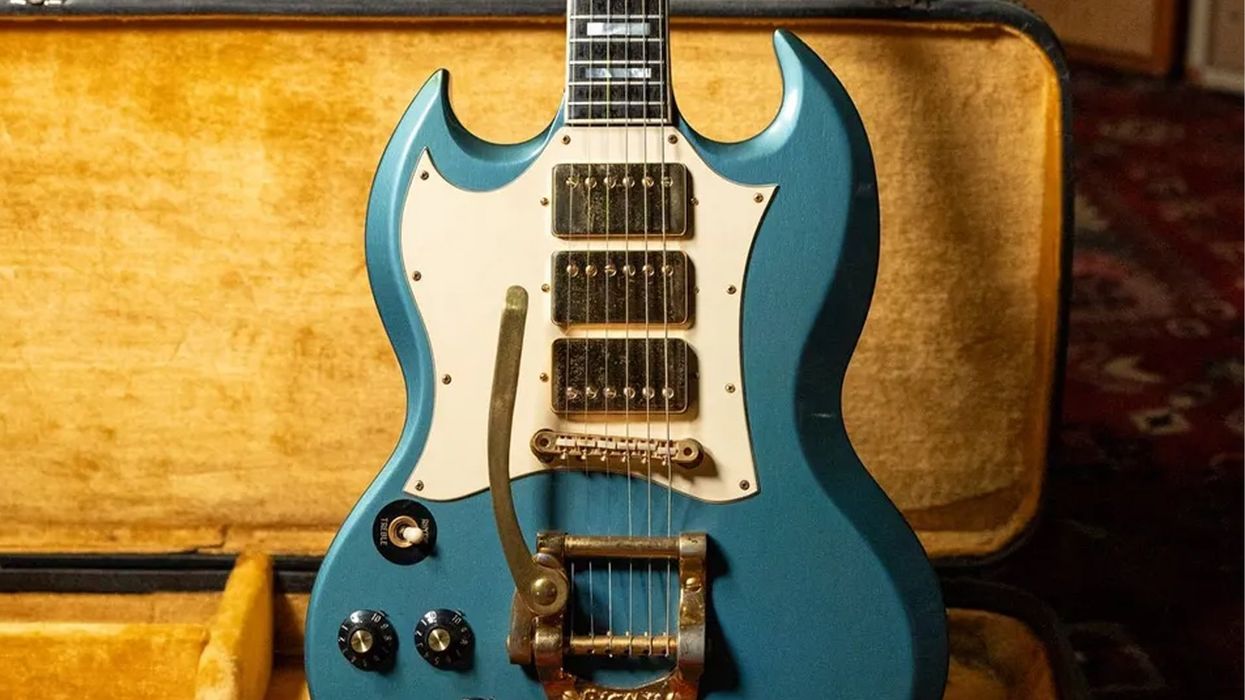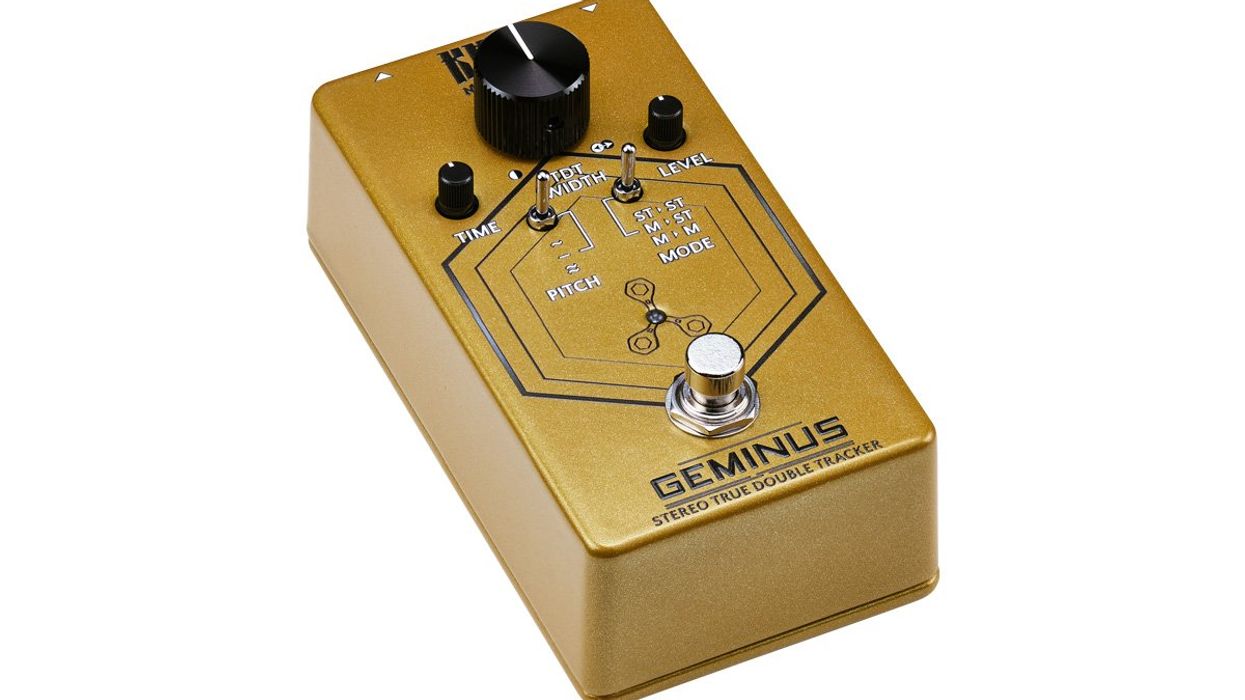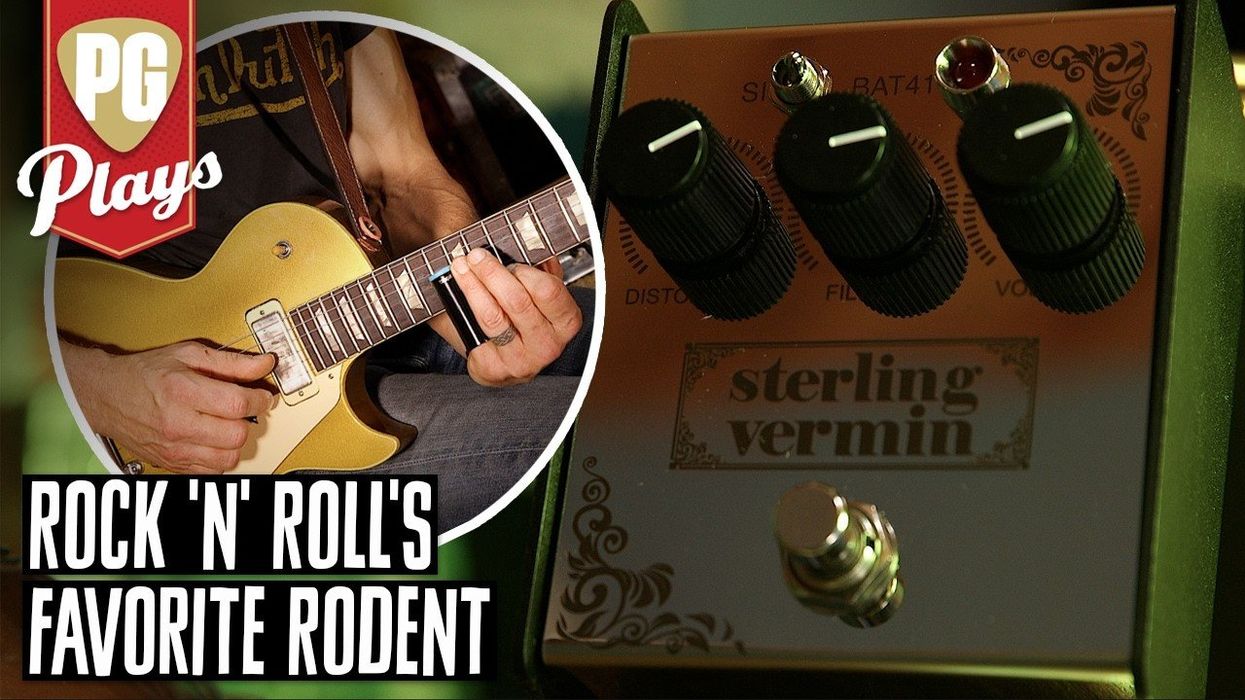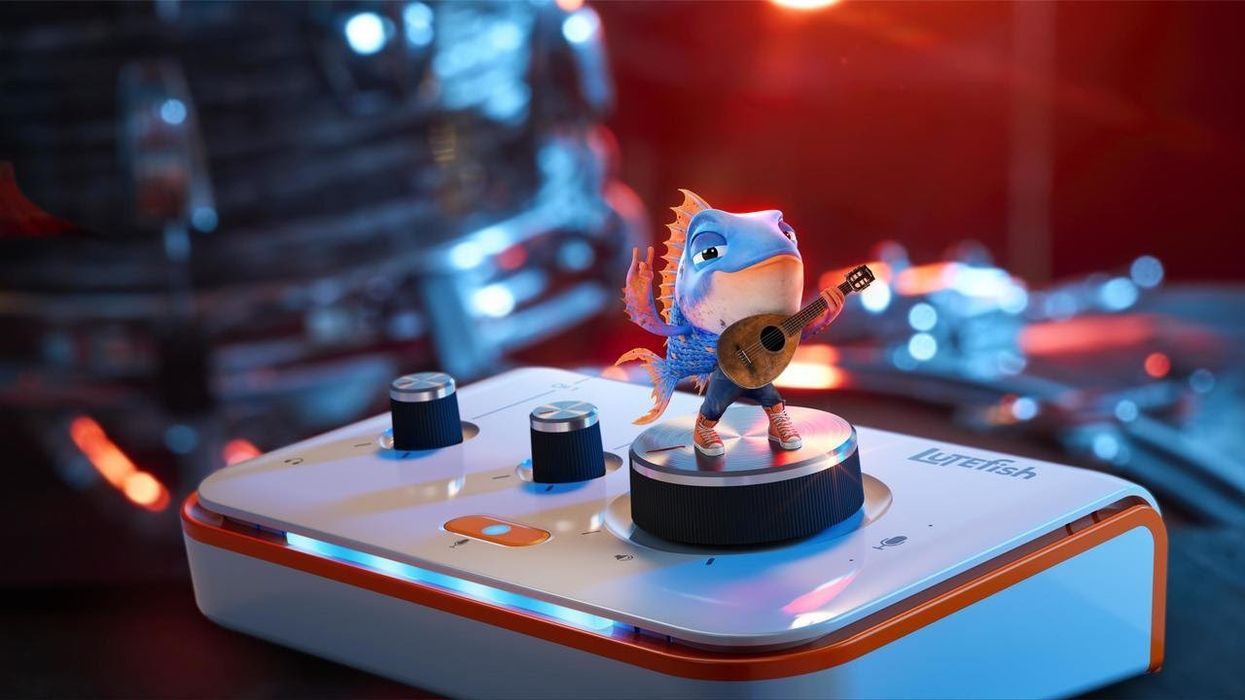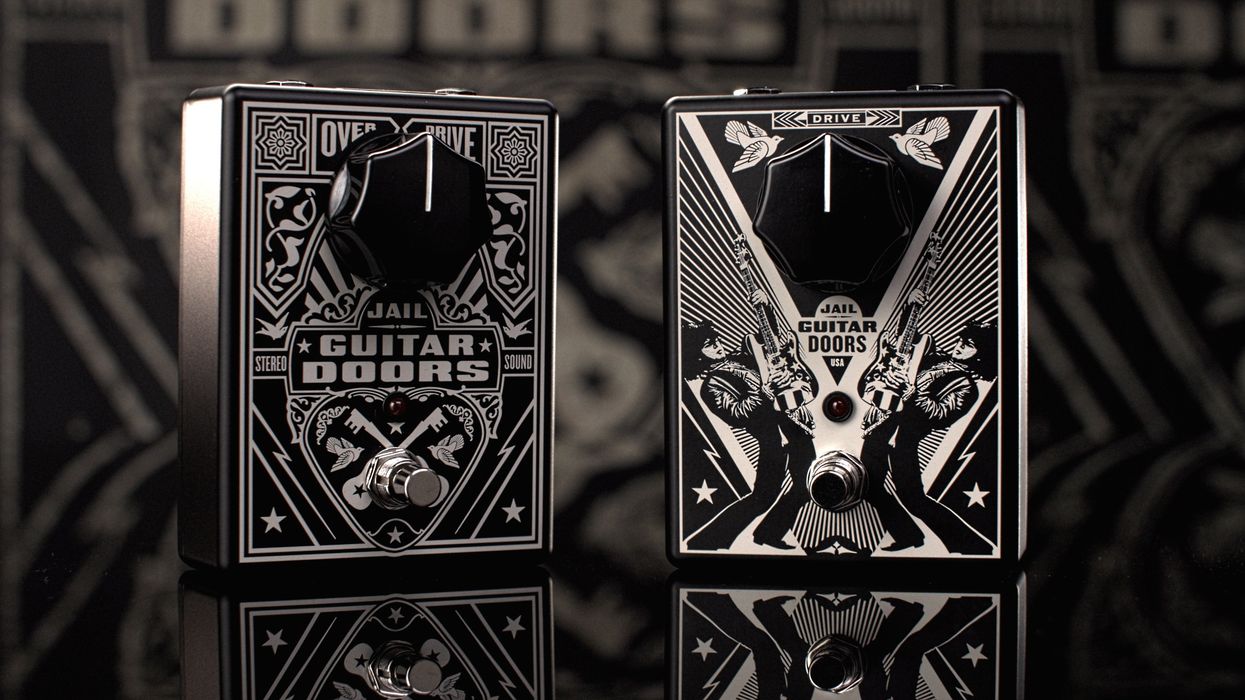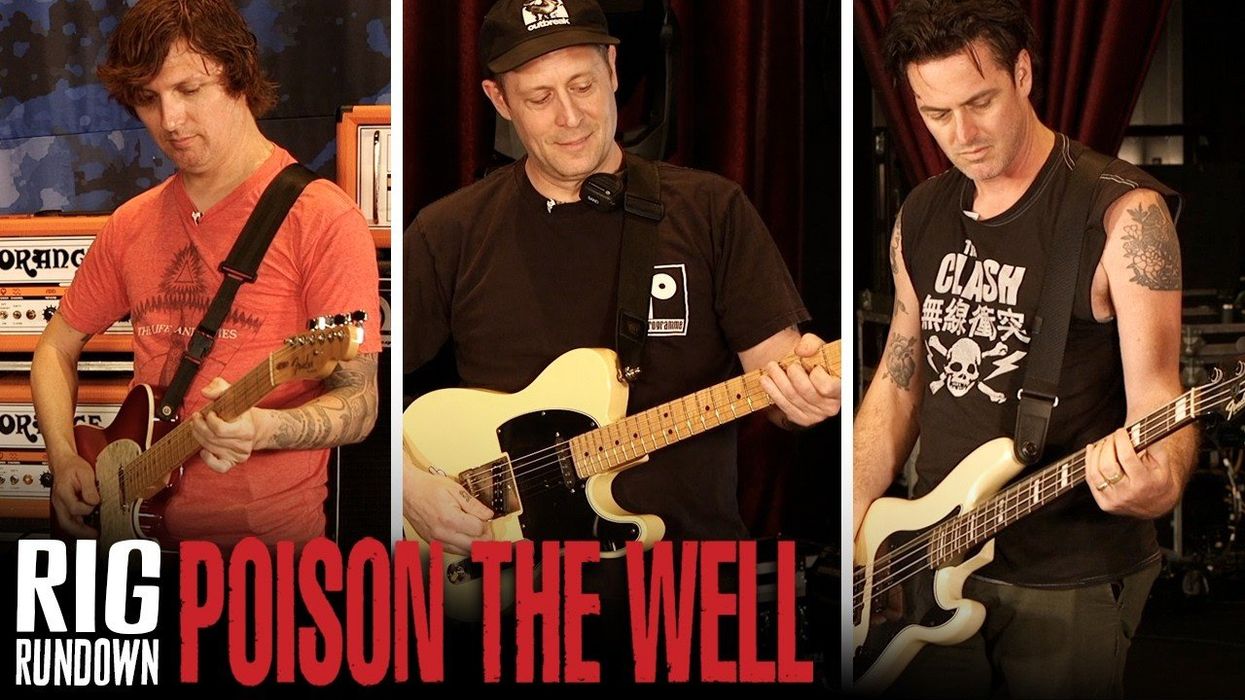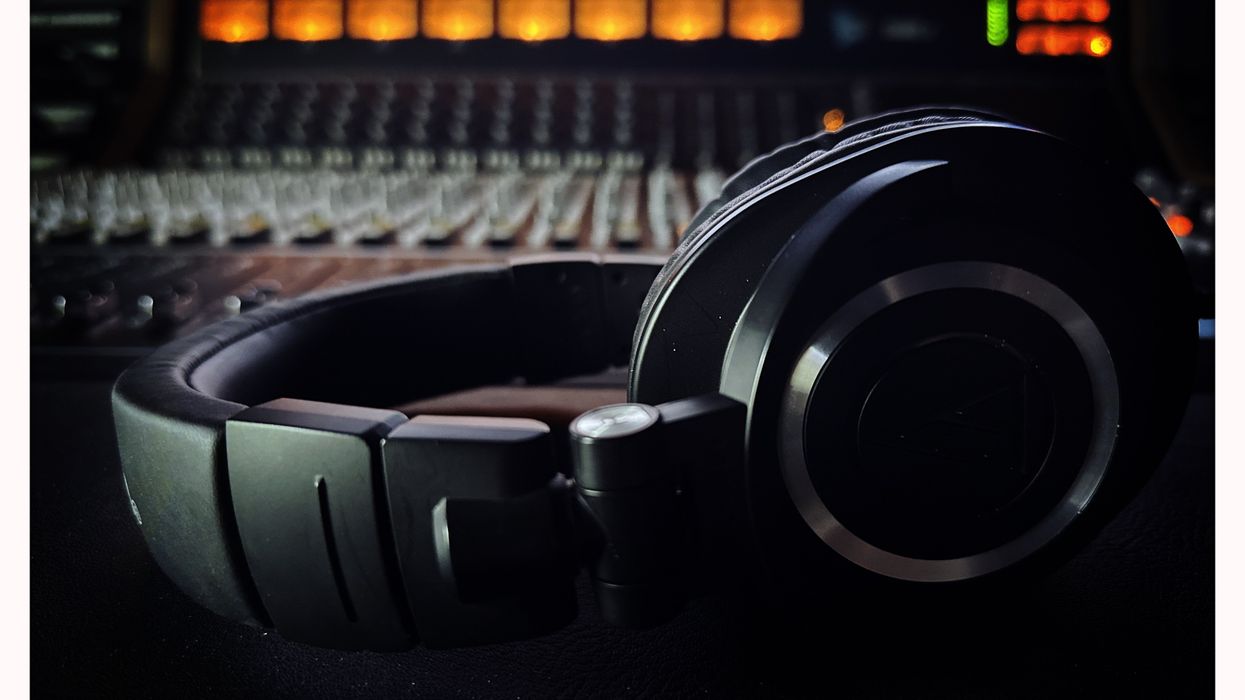How’s everyone doing? This month’s column was inspired by a phone conversation I had with editors Chris Burgess and Joe Coffey about diagnosing microphonic pickups. The three of us had a discussion about this potential “problem,” and it seemed that it might be a great idea to look deeper into this matter.
Okay, let’s face it. If you’re a lover of real vintage guitars, your chances of having a microphonic pickup are extremely high. So high, in fact, that you might find yourself adjusting to this idiosyncrasy in order to simply live with it. Yes, your old, beloved single-coil Fender guitars, Gretsch models with the DeArmond DynaSonic pickups and any Gibson instrument equipped with the old P-90s (just to mention a few), can really squeal like pigs! However, the tone of these old tried and true pickups can be way better sounding to you than anything made later that was “fixed” by potting the pickups before installing them into an instrument. Having owned a few vintage humbuckers and P-90s in my time has allowed me first-hand experience with microphonics. In fact, we used to joke around with this phenomenon, talking directly into a pickup that was known to amplify our voices through the speakers of our Marshall stacks or Fender Twin Reverbs. To us, it was just another “microphone,” and as such, we learned to get around the problem by experimenting with the exact placement of the pickup in relation to the amp’s speakers (and other variables).
It wasn’t long before we found out that by simply moving around the stage a bit we could find the spots where the microphonic squealing would lessen quite a bit—or totally disappear. I asked my good friend, pickup winder J.M. Rolph, about this issue and he shared a few thoughts. He said that there were a few things that could contribute to the bad type of microphonics. The physical location of your amplifier’s transformer can affect this, too—so be sure that you find the spots that don’t seem too adversely affected (won’t squeal) at gigging volumes. Both J.M. and myself agree that unpotted pickups are, in general, more lively sounding when played at cleaner amp settings. You’ll get much more sparkle out of them in that scenario than you would get with potted pickups. It’s with high amounts of gain or distortion that a microphonic pickup is more likely to become unusable. However, there are a couple of things to remember that can help you here.
First, when you hear any type of microphonic squealing, turn your tone control down slightly. In many cases this can nip that squeal in the bud. Second, try turning your body away from the speakers, and see what the results are. It is well worth noting here that players such as Jeff Beck and Roy Buchannon simply lived with their microphonic pickups. You can see them adjusting their tone controls to compensate for the extra “mojo” of the old pickups in their Telecasters on several vintage clips posted on YouTube! There is also the story of the time when Roy took his much-loved Telecaster into a repair shop for some work and was completely dumbfounded when he played it upon picking it up afterward. It seems that Roy actually accused the repairman of stealing his original pickup, because the guitar didn’t sound anywhere near the way it did when he dropped it off! Can you imagine that? Perhaps the repairman potted his original pickup without asking Roy first? It’s quite possible.
The original-design PAF humbuckers were not potted either, and as a result they sound quite different from the later humbuckers of the 1970s, which were potted with beeswax or paraffin. Various pickup designers also used epoxies and resins. The very practice of potting pickups came about as players were cranking up their volume levels. Guitar manufacturers did this so they would’t have complaints from customers. I feel that the unpotted humbuckers have a more airy, three-dimensional tone to them. I also find it very interesting that Gibson is now offering vintage-type, unpotted pickups in their most expensive (and most accurate) vintage replica Les Pauls. In addition, several well-known pickup winders, such as J.M. Rolph and Seymour Duncan, offer authentic specification humbucking pickups for players everywhere. The point here is that there are indeed differences between original and modern pickups. The choice of which ones you’ll use to create your own sound is ultimately yours.
And since we’re near the subject, I want to take a little detour and talk a little bit about 60-cycle hum, as well. In recent years there has been a trend towards making the middle pickup of a Stratocaster reverse wound with reverse polarity (RWRP). What this does is silence the hum in the 2 and 4 positions of the selector switch. While many players enjoy this benefit, I have found that the old, noisy vintage pickups have more “smoke” in these positions than the modern RWRP winding does. Again, this is just an observation—if you have the opportunity, try the differences out to see which you like better. Have fun and we’ll see you next time.
Dean Farley
is the chief designer of "Snake Oil Brand Strings" (sobstrings.net) and has had a profound influence on the trends in the strings of today.

